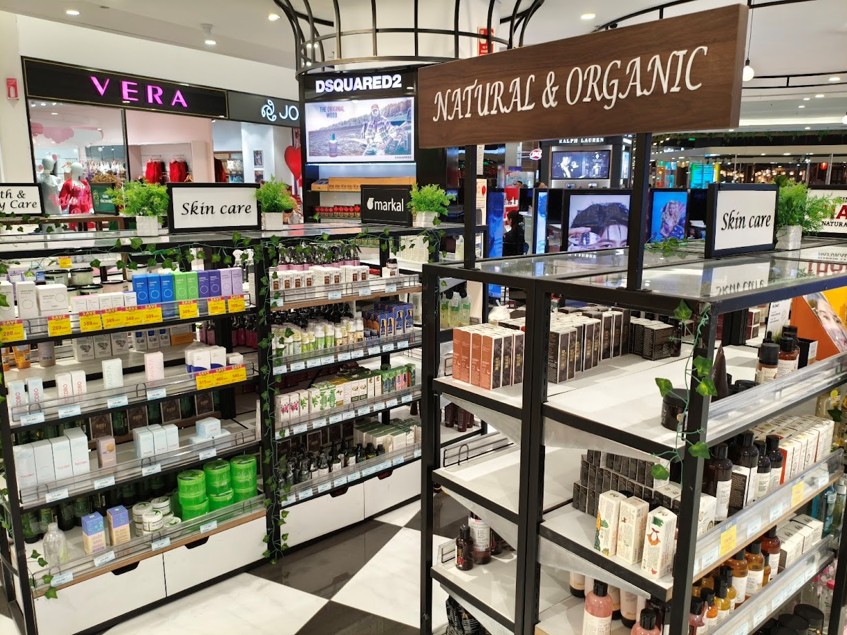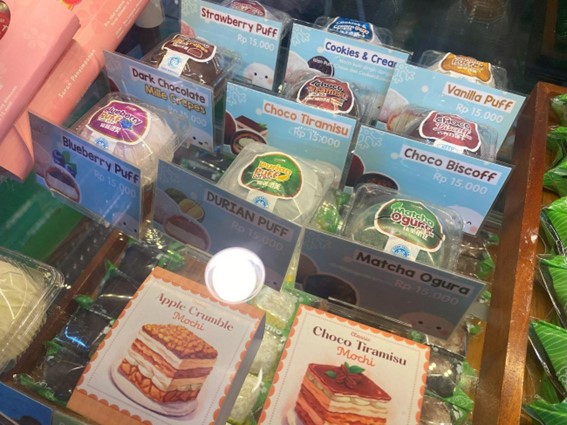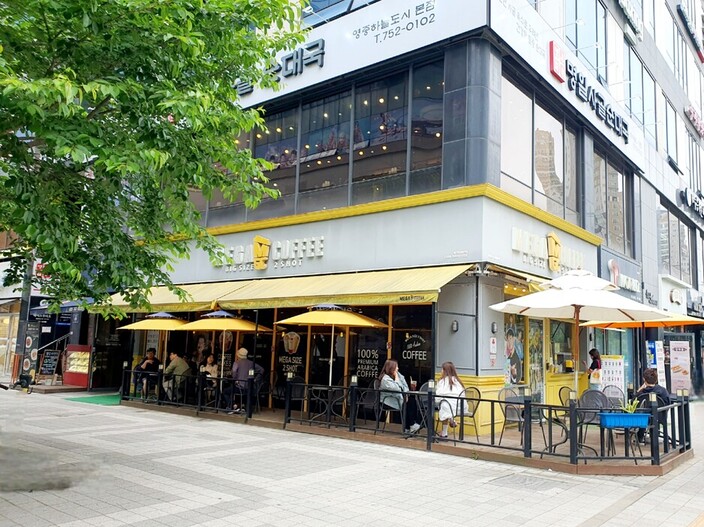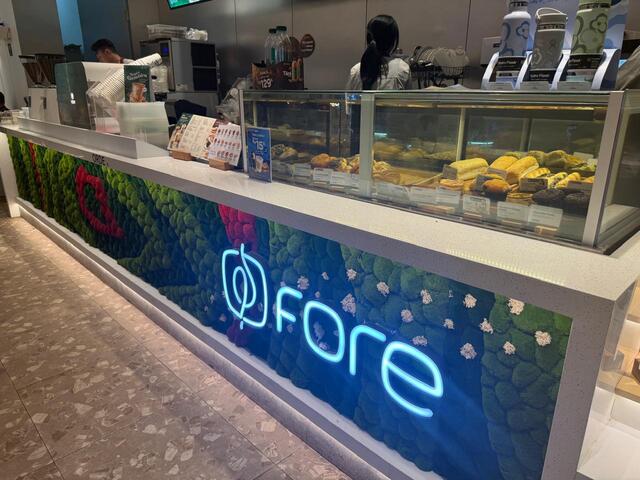[Generation Z in Asian countries] Vietnam: Trends and behaviors of young women when choosing drinks
- Release date: Mar 17, 2025
- 14765 Views
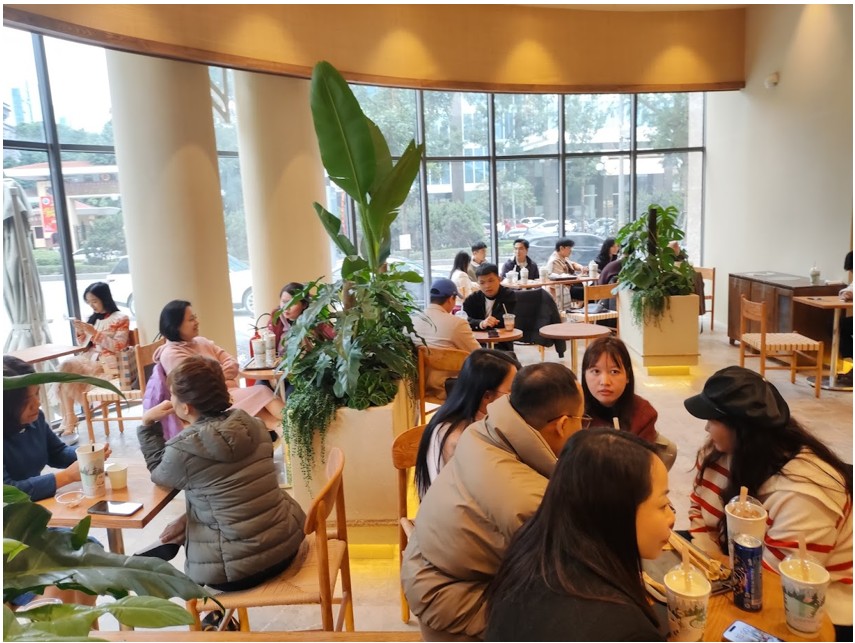
① What kind of drink is popular among young people in Vietnam?
Vietnam is a country that is attracting attention as a country with a lot of momentum in Southeast Asia, with a population of 100 million people as of 2024. Coffee and lotus tea are known as drinks that represent Vietnam, but what purposes and reasons do Vietnam's Generation Z actually choose their drinks for? And did you know that the most popular drink among young people right now is actually a combination of a drink that originated in Japan and a drink unique to Southeast Asia? In this article, we will introduce it while taking into account the real trends in the local area.
②Sake popularity is increasing, especially among Vietnam's Generation Z.
Looking at the data provided by Intage's Global Viewer database, we can see that a high proportion of people place importance on the “place of manufacture” and “natural ingredients” when choosing a drink. This is not limited to specific beverages, but is also important as a deciding factor when choosing most beverages, including tea, herbal tea, milk, and alcoholic beverages such as wine. For example, when it comes to vegetable drinks, 26.7% of respondents said they place importance on the place of manufacture, and 54.0% said they place importance on the fact that the drink is made from natural ingredients, which is a higher percentage than in other Southeast Asian countries.
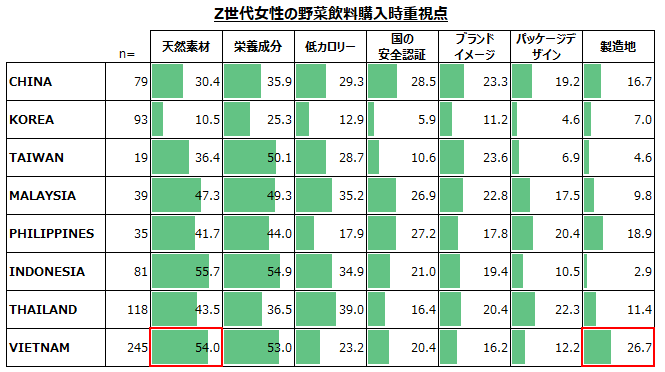
H701. Important points at purchase: beverage category (Source: Intage Global Viewer (2024))
*About Global Viewer
This service provides reports tailored to your issues using questionnaire data on various actual conditions and attitudes of sei-katsu-sha in 11 countries (Asia and US) stocked by INTAGE.
The service covers 400 items, including actual behavioral conditions and awareness, values, and information contact related to various product and service categories.
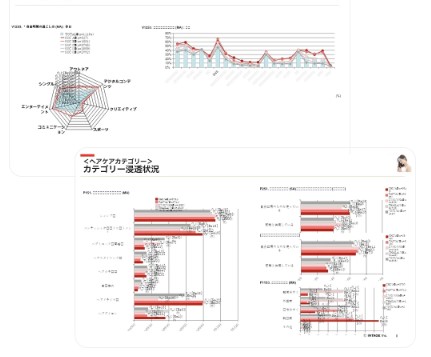
There are a number of possible reasons why Vietnamese Generation Z women place importance on the “place of manufacture” and “natural ingredients” when choosing a drink. With fake or low-quality products from neighboring China appearing on the market, consumers are becoming more cautious.
Even now, some products imported from China may contain items of uncertain quality or even counterfeits.
For this reason, the Z generation, who are sensitive to information, tend to refer to reviews and ratings from other consumers via social networking services and the internet. Based on information from reliable accounts, choosing products from brands with clear manufacturing locations and a trustworthy reputation is an important way to gain a sense of security.
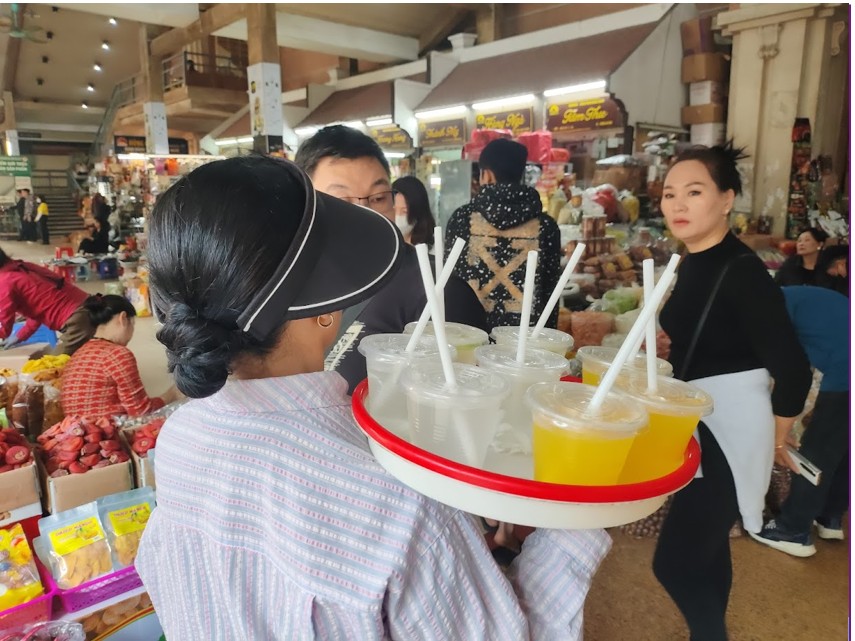
Next, the rise in health consciousness is also having an impact. The Z generation is very health conscious, and tends to avoid additives and chemical ingredients. Drinks made with natural ingredients are often chosen because they are considered to be good for your health.
In fact, when we spoke to young people in Vietnam, they said they tended to avoid drinks sold in markets and on the street. The reasons given were that “they are cheap, so there are concerns about quality and hygiene” and “you don't know where they are made”. The fact that the place of manufacture is unclear and there are doubts about the quality is a factor that is discouraging people from buying them.
In Vietnam, there are cafes everywhere, and in recent years, the number of stylish cafes for young people has also increased. For this reason, the number of cases where people buy drinks from markets or the street that don't look good in photos and where the ingredients are unclear is likely to decrease even further in the future.
When asked about alcoholic beverages, the same importance was placed on the “place of manufacture” as for soft drinks. Sake was particularly popular among alcoholic beverages, with a result of 44.2%, which was a huge difference compared to other Southeast Asian countries.
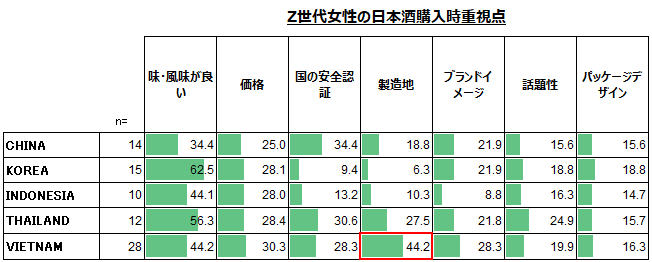
Important Points at Purchase: Beverage Category (Source: Intage Global Viewer (2024))
There are several possible reasons for the growing popularity of sake among Vietnam's Generation Z. In recent years, there has been a boom in omakase sushi in Vietnam, and pairing sake with sushi at high-end sushi restaurants has attracted attention. Sake is valued as a drink that provides a special dining experience thanks to its diverse flavors and good pairing with food. In fact, sake consumption has increased from 120,000 liters in 2015 to over 200,000 liters in 2020*1.
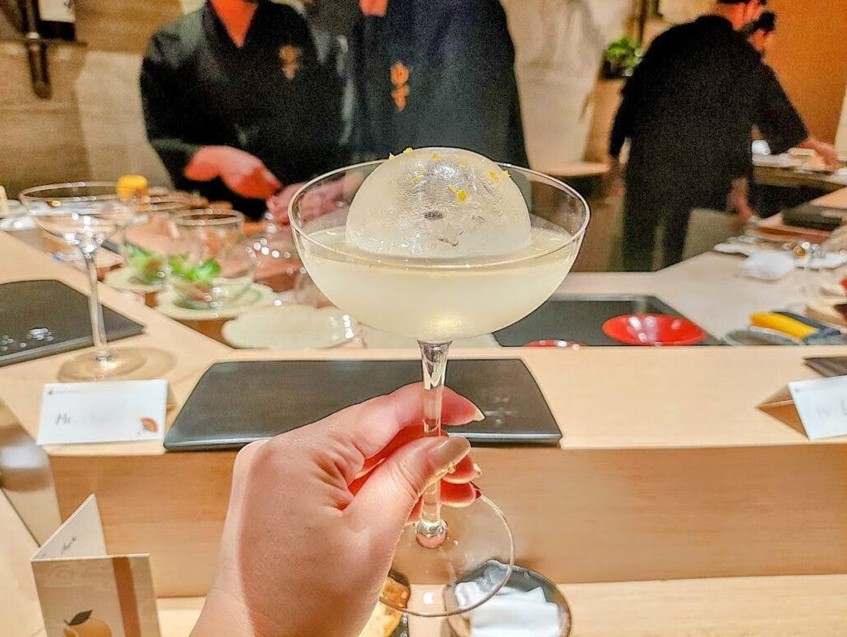
Within the beverage category, “sake” is particularly valued for its place of production, and when going to a omakase sushi restaurant, some people check whether there is a Japanese chef and whether the sake is genuine.
In addition, there is a perception that sake is good for your health in moderation, and there is a trend towards preferring low-alcohol sake. Among women, there is an increasing number of Vietnamese women from Generation Z who prefer sweet and easy-to-drink Japanese umeshu plum wine.
Among such umeshu, the “aragoshi umeshu” from Umenoyado in Nara Prefecture is often seen in stores that sell umeshu in Vietnam. It is characterized by its aroma of Japanese plums and gentle sweetness, and has become a popular brand among Vietnamese women.
In addition, the growing popularity of sake is also due to the influence of social networking services. The visual appeal of beautiful sake bottles and the enjoyment of pairing sake with food, which is shared on social networking services, is thought to be further boosting the popularity of sake.
Furthermore, as Vietnam's economy has grown, young people have had more disposable income, and they have been able to afford to enjoy high-end dining experiences. This has led to an increase in opportunities to enjoy sake, and in particular, experiences at high-end restaurants have become popular.
③ The most popular combination at the moment is with Japanese matcha green tea.
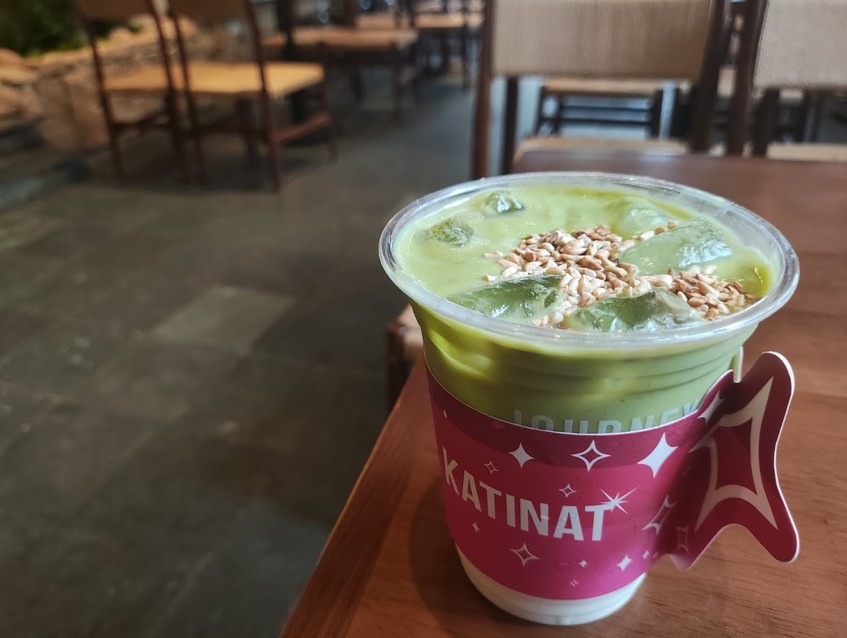
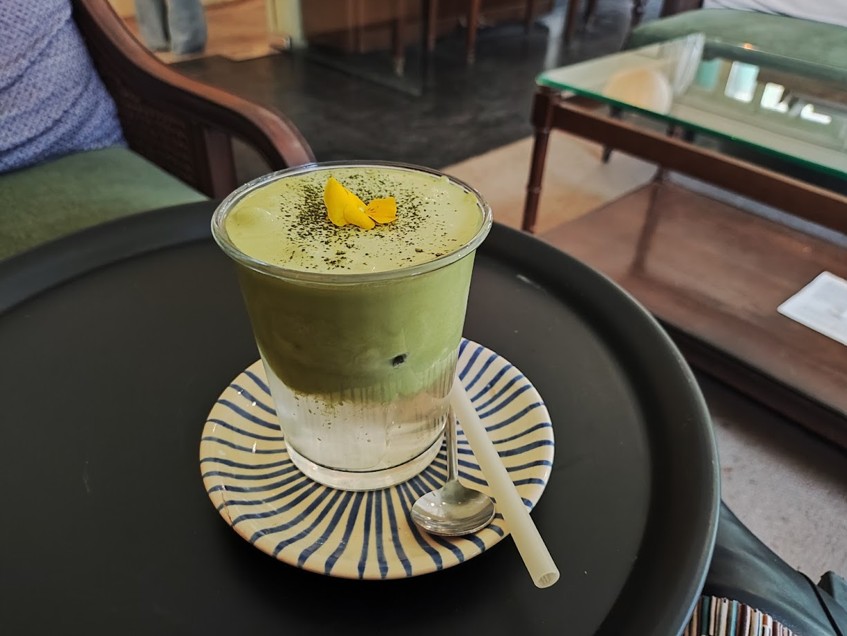
From the second half of 2024, the drink that is most popular among Vietnam's Generation Z is “matcha x coconut juice”. The clear white of the coconut juice, which is familiar in Southeast Asia, and the contrast with the frothy bright green of the matcha are a striking combination, and this drink is attracting attention as a hot new drink, and is being featured on trend sites in Vietnam.
When you actually try it, the refreshing sweetness of the coconut juice combines with the unique depth of the creamy matcha, and this is one of the reasons why it is popular, not just for its appearance but also for its taste.
In Vietnam, where people are very health conscious, matcha is widely recognized as a healthy drink. Matcha is rich in antioxidants, especially catechins, and is said to be effective in preventing aging and cancer. It also contains L-theanine, which reduces stress and improves concentration, and it also helps to regulate blood sugar levels and support weight loss. For this reason, it is accepted as a “healthy drink” in Vietnam, and the fact that it is a sweet drink that can be enjoyed without feeling guilty is one of the reasons for its popularity.
In the past, the matcha tea served in cafes in Vietnam was often cheap and low quality. However, in recent years, the number of cafes using genuine matcha tea imported from Japan has increased, and it is now possible to enjoy matcha tea with peace of mind in terms of both taste and quality.
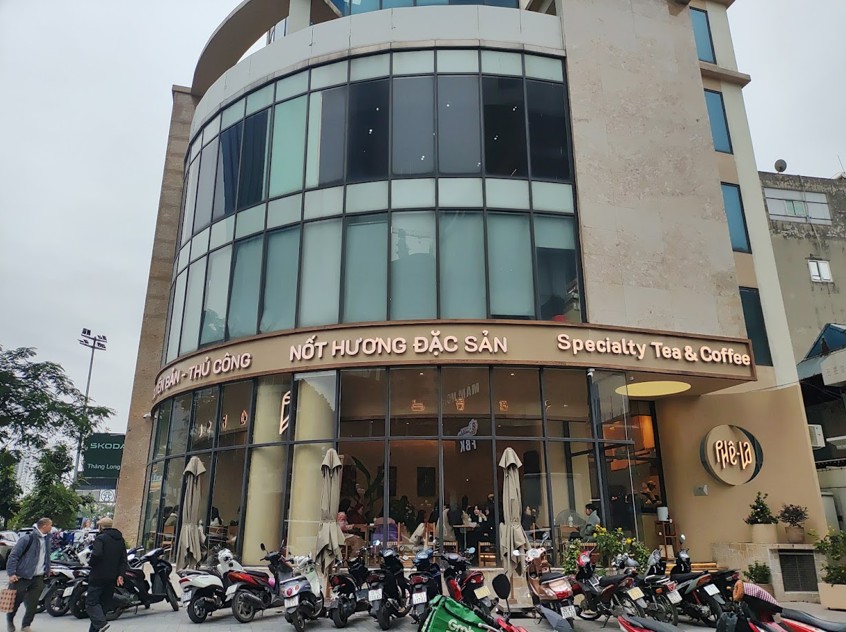
The Phê La café chain, which has branches all over Vietnam, also started selling green tea and coconut drinks from around the second half of 2024. This café serves milk tea made with tea leaves such as oolong tea, and coffee made with carefully selected Vietnamese coffee beans. They have a wide variety of drinks on offer, from traditional Vietnamese coffee to modern variations.
The sophisticated interior is also stylish, making it a popular cafe among Generation Z. All of the stores are always near full capacity, and further expansion is expected in the future.
(MATCHA COCO LATTE: 60,000 VND)
The original matcha cream, which is made from a blend of oolong tea and matcha powder, is based on coconut milk from Ben Tre in southern Vietnam, and has a smooth, pleasant texture.
Recently, the number of shops offering authentic matcha has been increasing, and it is expected that the number of shops that use matcha will continue to increase in the future. These factors have combined to make drinks made with matcha a popular choice for Vietnam's Generation Z, and it is thought that this trend will continue in the future.
As before, low-priced street cafes are still popular, but as the economy develops, we can see that the Z generation is also becoming more particular about their drinks. One example of this is the trend to use Japanese sake as a pairing to create a special feeling.
In addition, rather than enjoying matcha tea as it is, new ways of drinking it with added twists, such as combining it with lattes or coconut juice, are becoming popular. It seems that the Vietnamese of Generation Z are accepting these new drinks and ways of enjoying them.
I feel a little sad about the changing times, but I am now more interested in what kind of drinks will be accepted in Vietnam in the future.
Translated with AI Translator
Related Articles
[Generation Z in Asian countries] : Thailand: Hair care products and protein-enriched milk that are popular with young women
[Generation Z in Asian Countries] Thailand : The Work Style Generation Z is Seeking - Focus on Young Women Starting Their Own Businesses
[Generation Z in Asian Countries] Vietnam: Vegan cosmetics are attracting the attention of young Vietnamese people
[Generation Z in Asian countries] Philippines: Generation Z values “good smells”
[Generation Z in Asian Countries] The food preferences of Generation Z in the Philippines reflect the national character - Western food vs. Japanese food
Related Article: Understanding Overseas Gen Z Characteristics: Country-Specific Trends in Values and Lifestyle (Singapore, Hong Kong, South Korea, Taiwan, China, Malaysia, Thailand, Indonesia, Vietnam, Philippines)
Using a large consumer database, we identify characteristics and trends among Gen Z in each country and present them in a summary article.
You can also view information on Gen Z in other countries.
Countries Covered: Singapore, Hong Kong, South Korea, Taiwan, China, Malaysia, Thailand, Indonesia, Vietnam, Philippines
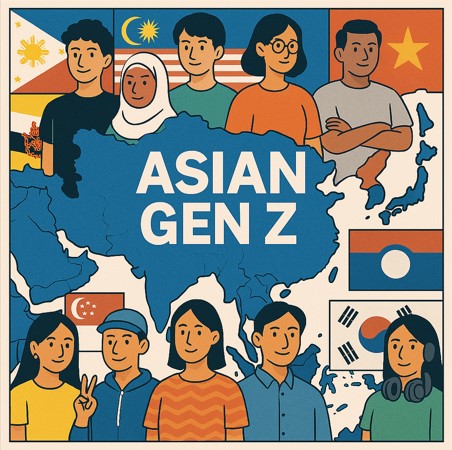
-

Author profile
TNC Lifestyle Researcher
Has lived in Vietnam for 15 years. A stay-at-home mother who provides information about Vietnam, including travel and lifestyle information. Her favorite drink in Vietnam is cà phê sữa (Vietnamese coffee with condensed milk)
-
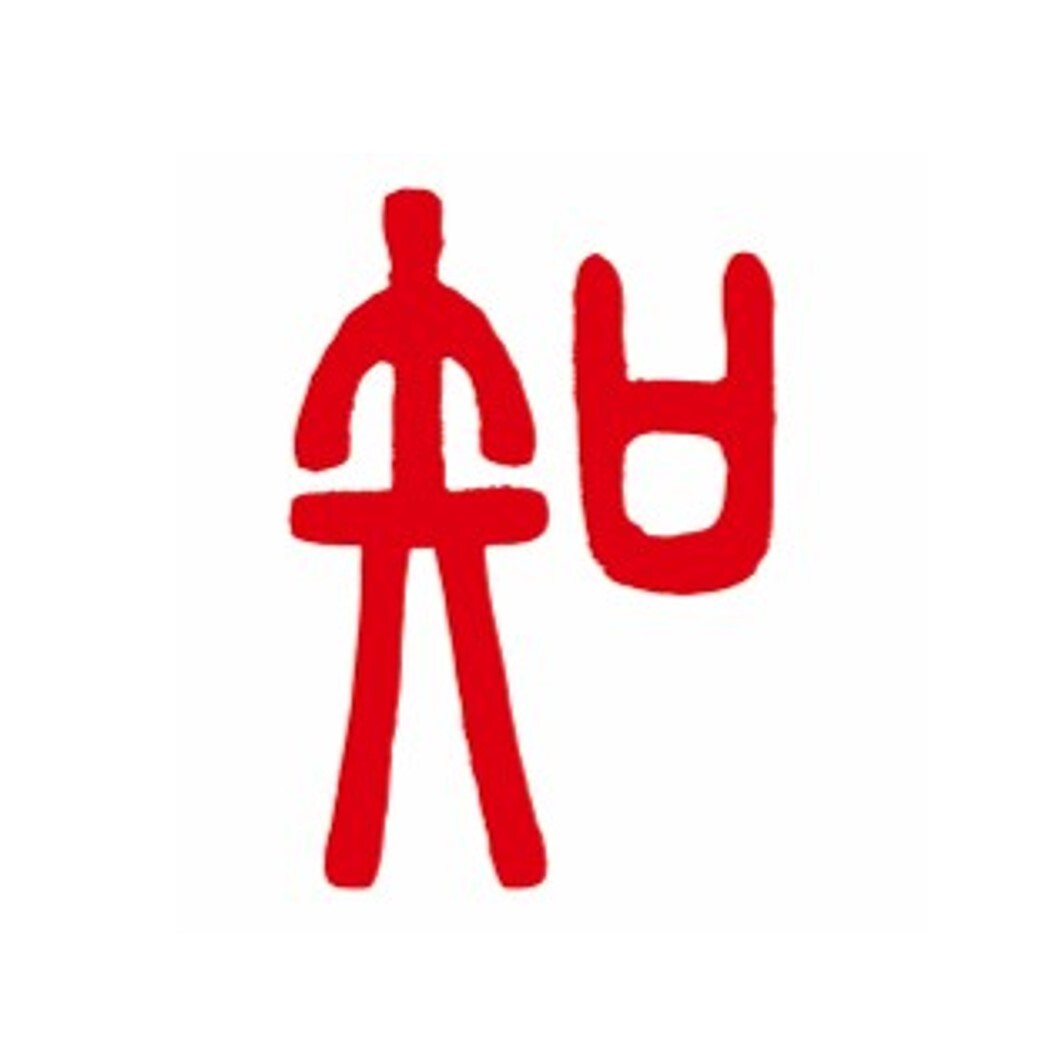
Editor profile
Chew Fong-Tat
A Malaysian who has lived in Japan for 14 years. He is in charge of creating the Global Market Surfer website.
 Global Market Surfer
Global Market Surfer CLP
CLP
